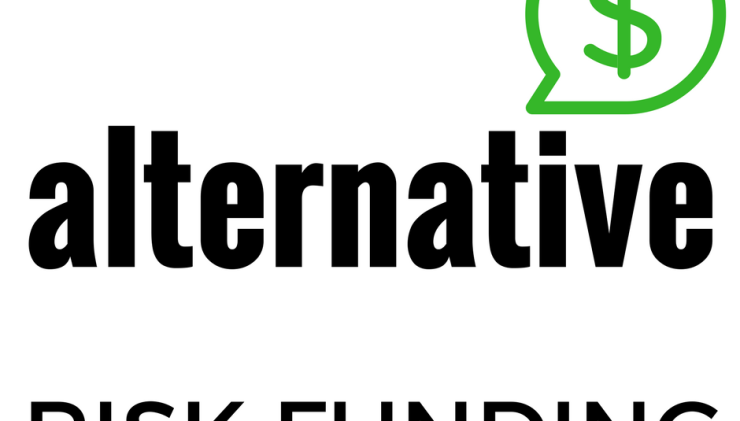 Auto Claims Trends: Frequency, Severity, Repair Costs, and Turnaround Times
Auto Claims Trends: Frequency, Severity, Repair Costs, and Turnaround TimesControl and transparency. They’re two things every business owner wants more of, especially when it comes to skyrocketing health care and insurance costs. They want more control over premiums and how they manage their risks. They also need more transparency with vital data that can give them more insight into employee benefit plan usage and the main drivers of health care costs.
That’s why businesses are increasingly looking to captive and self-insurance options as an alternative to traditional fully-insured plans. According to the Employee Benefit Research Institute, 59 percent of private sector workers with health coverage were enrolled in self-insured plans as of 2011. In some states, it was as high as 73 percent.
Self-insured, partially self-insured, and captive arrangements allow a business to lower its ongoing premiums and take control of low-level risks by becoming its own insurer. It’s an increasingly attractive option for funding employee benefit plans. While these alternative funding arrangements used to be only accessible for large employers, now employers with as few as 25 employees can reap the benefits. With the development of employee benefits captives and alternative partial self-funding plans, the risk involved has significantly decreased. There are also more protections built into the plans for employers.
For businesses that are a good fit for alternative risk funding arrangements, there’s a long list of advantages:
- Cost savings on insurance. An alternative risk funding option can help capture and retain the underwriting profits that would normally go to a commercial carrier, and avoid the “fluff” costs that go into a policy.
- Access to vital data. When you self-insure, you have access to crucial claims data you might not get with a fully-insured arrangement, giving you a much clearer picture of actual utilization and cost drivers. That’s invaluable in customizing a plan design to meet the specific needs of your workforce, and it beats relying on a “best guess” or one-size-fits-all solution.
- Freedom and flexibility. When you self-insure, you can draft your own policies and structure your coverage to suit your specific needs. You can also contract with the medical providers best suited to your employees’ healthcare needs and administer claims on your own terms.
- A renewed focus on risk management. When you’re buying insurance on a fully insured platform, you don’t necessarily think a lot about the connection between claims and increased premiums. But when you’re essentially paying those claims out of your own pocket, it gives you a new focus on keeping claims and costs down, which creates a healthy culture of smart health care consumption.
There are some definite disadvantages to alternative risk funding as well. Heffernan can help you conduct a thorough feasibility study before deciding whether it’s right for you.
Ready to explore a self-insured or captive arrangement for your business? Contact the risk management professionals at Heffernan Insurance Brokers today. We’ve successfully transferred many clients to alternative risk funding plans with great success.



